 When I was in Algeria recently I gave an interview to the Echorouk (the Sunrise) newspaper. The interview, as it is posted in English on the Echorouk site is so crazy that I thought I shouldn’t let it stand without a response. The Echorouk is the largest newspaper in Algeria and possibly the whole Arab world, with a circulation of close to one million. I did the interview at the American Embassy with a reporter who paraphrased my responses to her questions in Arabic, and then the Arabic was translated by someone else into English for their web site. I think it is something like a game of “telephone,” with each translation adding some of the predisposition of the writer, along with the confusion of translations of translations.
When I was in Algeria recently I gave an interview to the Echorouk (the Sunrise) newspaper. The interview, as it is posted in English on the Echorouk site is so crazy that I thought I shouldn’t let it stand without a response. The Echorouk is the largest newspaper in Algeria and possibly the whole Arab world, with a circulation of close to one million. I did the interview at the American Embassy with a reporter who paraphrased my responses to her questions in Arabic, and then the Arabic was translated by someone else into English for their web site. I think it is something like a game of “telephone,” with each translation adding some of the predisposition of the writer, along with the confusion of translations of translations.
So here it is – what they quote me as saying, and what I really said in italics “¦
Daryl Cagle to Echorouk: “The reality of the Algerian cartoonist much better than our reality”
(The title is pretty strange – I don’t know where it comes from.)
Daryl Cagle is one of the prominent political cartoonists in America and one of the most active in the MSNBC website. He visited Algeria as a member of the Jury at the International Festival of Cartoons. He expressed his admiration for the contents of the Algerian cartoons and how the Algerian press deal with the cartoonists and explained the reality of this art in America in this interview.
. -Your cartoons enjoy adequate protection, while in our country cartoonists do not have legal or technical systems which protect them from piracy. Could you tell us about your way of working at the American newspapers?
. D-C: There is no similarity between the American and Algerian cartoons. I do not mean the content because I saw professional models that truly reflect the professionalism and freedom of the Algerian cartoonists. However, I mean the organization which is purely professional, because I discovered that each newspaper deals with one cartoonist, in America the newspapers deal with a large group of cartoonists who are belonging to a trade union which monopolizes copyrights because the work is codified according to clear contracts and terms and every cartoonist who joined it must respect the agency. Newspapers buy and the managers choose.
Crazy.  Here I explained how syndication works for political cartoonists in America. The Algerians seem to take the word “syndicate” to mean “trade union.” I explained that many newspapers in America are laying off their staff cartoonists and running cheaper, syndicated cartoons.
Algerian cartoonists often face threats and lawsuits from government officials that they insult in their cartoons (see this interview with famed Algerian cartoonist Ali Dilem, who still has some 25 lawsuits pending against him from officials he has insulted in his cartoons). I explained that American cartoonists rarely get sued and enjoy broad protections against lawsuits by public figures.
. -What is your opinion about the Algerian cartoons?
. D-C: The Algerian cartoonists are amazing and humble, and I felt this since I arrived to Algeria. I saw things I’d never seen in America, and what caught my eye was the intelligence of Echorouk’s cartoonist. I met him in Algiers, when visiting the newspaper. Actually I applaud the efforts of the Algerian government which support this activity through organizing this kind of events in order to create an atmosphere of competition. Here I am visiting you today as a member of the Jury at the International Festival of Cartoons.
The Algerian government funded the Algiers Comics Festival and that was really very nice to see. I can’t imagine the government in America funding something like that, we’d see it splashed all over Fox News that our tax dollars are being wasted on cartoons. And I appreciate the Echorouk’s cartoonist, Baki, who is a gentleman.
. -Â You are contracting with the largest site currently, and you said you are not famous, why?
. D-C: Actually my career started in politics for a period of fifteen years before I become a cartoonist and create games and animated cartoons, then they offered me a work in “Mid Week” newspaper, and then I worked with “Slate.com” and “Microsoft”, and now I’m a contractor with “MSNBC.com”. This gradient is required to become a national figure, known by everyone in the United Sates.
Here I explained that editorial cartoonists are not famous in the USA, and I’m certainly not famous. I showed some samples of my work from my Muppet days, and explained how I got into editorial cartooning.
. – Do you enjoy absolute freedom in America or in the world?
. D-C: Now I can say that I draw what I want, in the past I just convey the thoughts of others, I’m happy when some people suffer because of my cartoons. Actually the situation is different in your country, particularly for the handling of commercial and financial side.
Here I explained the difference between my days as an illustrator, drawing cartoons at the direction of my clients – and my current work as a political cartoonist, drawing my own opinions. I explained that I don’t intend to make people angry with my cartoons, but if someone disagrees with me and is angry, I’m fine with that – it is funny to see that translated as my being happy to see some people suffer.
. – To what extent has the financial crisis affected on the media scene and on you, particularly since your financial situation is linked to the situation of the newspapers?
. D-C: The financial crisis affected largely on our work, in the past we dealt with 1500 daily newspapers, recently we are dealing with only half the number, as the number of cartoonists is about 70 only because most of them lost their jobs. The newspapers always dispense with cartoonists who have daring and described them as “troublesome” and prefer cartoonists with modest and normal ideas which do not cause trouble or controversial. This has opened the door before the leeches who took the opportunity to dilute the cartoon and put it away from its real objectives through emptying its content.
Here I explained that there are about 1,500 daily, paid circulation newspapers in the USA, and that about 700 of them subscribe to our Cagle Cartoons editorial cartoons package. I explained that thirty years ago there were twice as many cartoonists working as employees for newspapers in America, and now there are probably about 70 with full time newspaper jobs. I also explained how ed
itors in America prefer cartoons that don’t convey strong opinions and some cartoonists go for the joke rather than the strong opinion to please the editors. The last sentence of that paragraph is pretty funny –those leeches!
. -Â Who is the most famous cartoonist who sits on the throne of the American press?
. D-C: We do not have a national newspaper and the most famous cartoonist in Denver for example, does not mean necessarily that his cartoons are purchased in another state.
This question makes me smile. Here I explained that our biggest newspapers, like the New York Times, Wall Street Journal, USA Today and Los Angeles Times, don’t have staff cartoonists – and that cartoonists can be popular in their home towns, but that editorial cartoonists aren’t really famous nationally.
. Â -You mean that it’s easy to obey the ideas of the newspaper, even if they oppose your personal ideas and principals?
. D-C: The commercial agency is not responsible for the cartoonist’s ideas, and personally my ideas are inspired from the daily news in the whole world.
Here I explained that our syndicate doesn’t edit the cartoons; the cartoonists have their own opinions and American editorial cartoonists draw what we want to draw.
. Â -What was your reaction towards the Danish cartoons which insult our prophet Mohamed ““peace is upon him-?
. D-C: The Danish cartoons harming the prophet Mohamed is a misunderstanding of the role of the cartoonist because he really must draw what he wants and assume his responsibility, but he must not insult any other religion. I confirm that the manager of the newspaper hired a cartoonist in order to assault the prophet Mohamed when he did not find such cartoonists he comply with the agency of cartoonists and gave him a sum of money to draw what he wants. The one who did that is not a cartoonist because he just draws what the manger’s wants in exchange for money or on command. There are American cartoonists who drew after this event in response to such shameful cartoons and I personally did so.
Here I explained the difference between editorial cartoonists and illustrators. The editor at the Jyllens-Posten newspaper in Denmark hired cartoonists from the local cartoonists club to draw portraits of Muhammad. Editorial cartoonists draw their own opinions, we don’t get paid by other people to draw other people’s opinions – we choose our own topics and stand behind what we draw. Illustrators are paid to draw what their clients want them to draw, not editorial cartoonists.

Later, when there was a big reaction to the Danish Muhammad cartoons, I drew cartoons about the response as most American cartoonists did. I wouldn’t have chosen to draw a prophet Muhammad portrait cartoon in the first place, only for the purpose of showing that I can break taboos, but I drew plenty afterwards about the Danish Muhammad cartoons brouhaha, as most of the editorial cartoonists did.
. -Â Michael Jackson and George W Bush are often characterized in your cartoons, why? and What is the aim behind criticising Osama’s Nobel prise?
. D-C: What Obama did to win the Nobel Prise, this is the question posed by my cartoons, that’s why I draw him naked wearing the medal award. Press dealt with the matter in a manner that inspired us so much. Michael Jackson is a gift to the cartoonists.
Michael Jackson was a gift to cartoonists – that is something that can’t be lost in translation.
This interview makes me laugh – it is much like my whole experience in Algeria – strange, a little crazy, and unexpected.
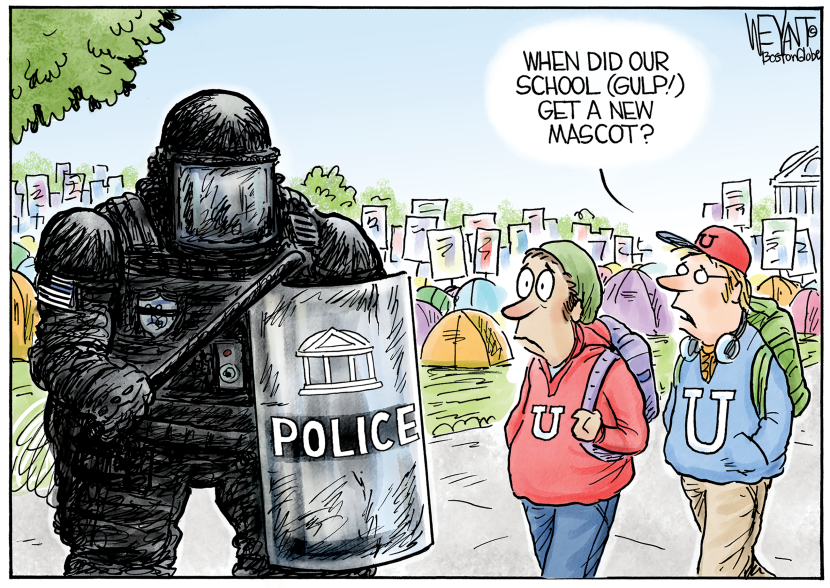

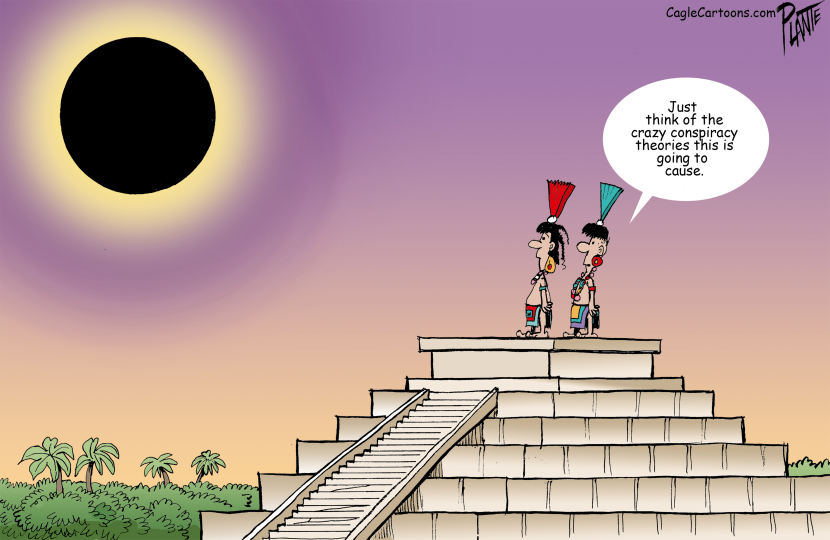
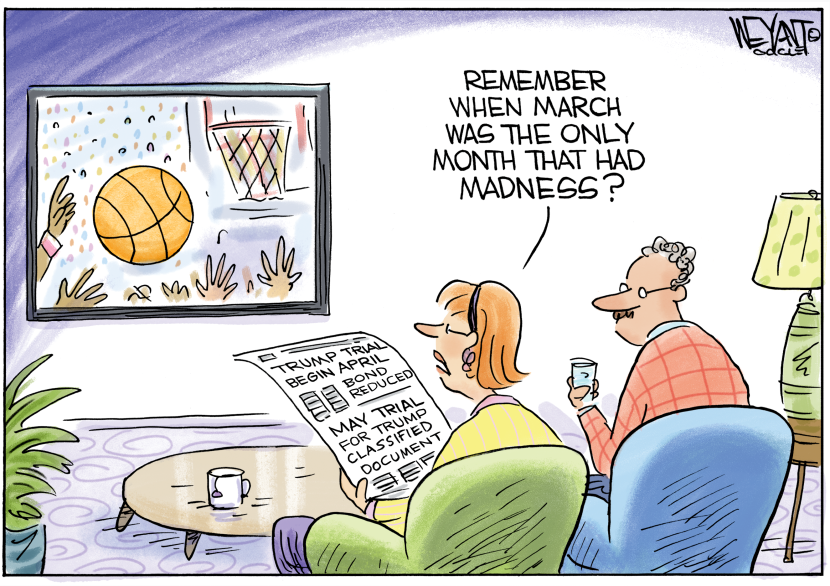

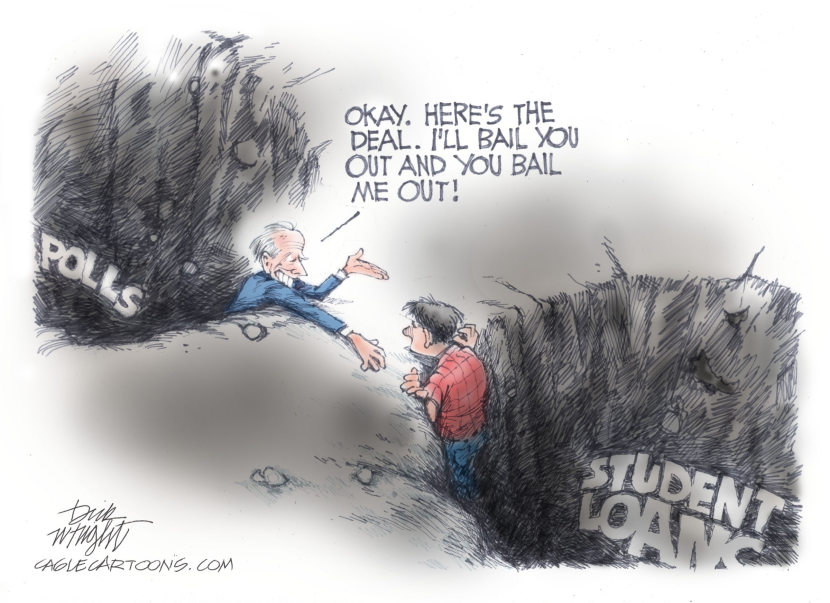
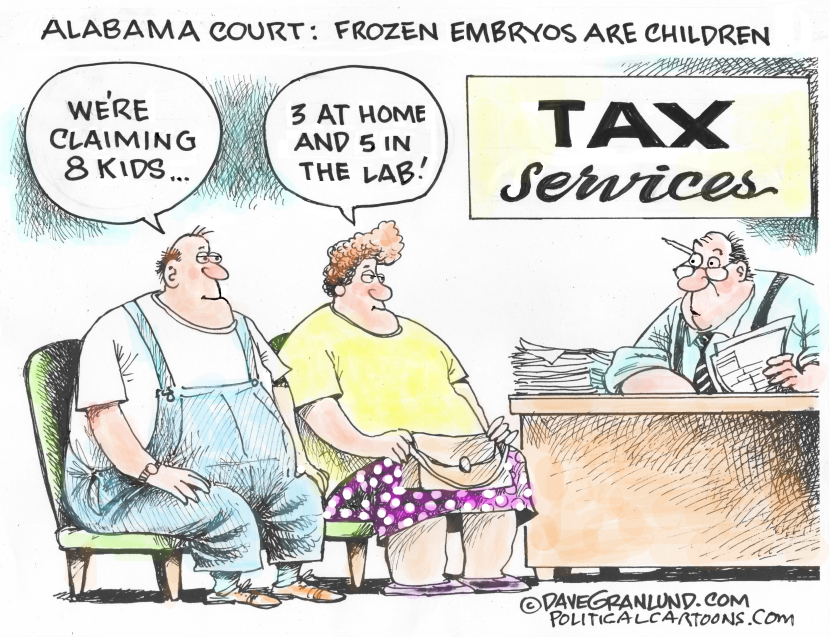
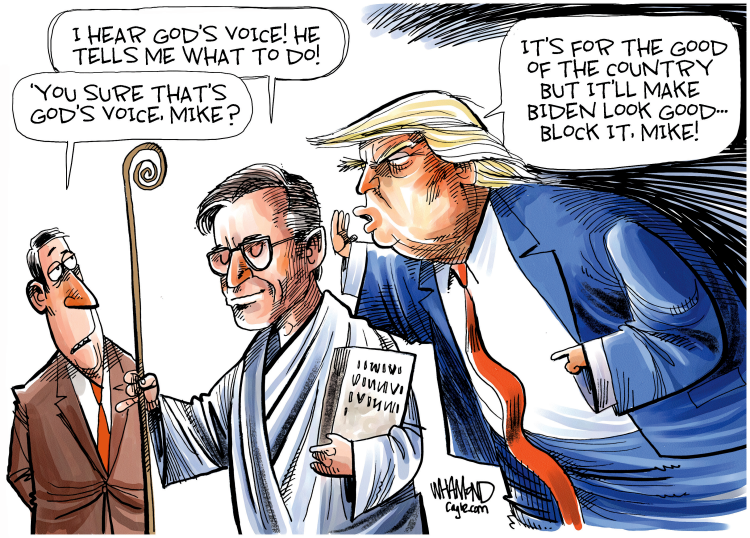
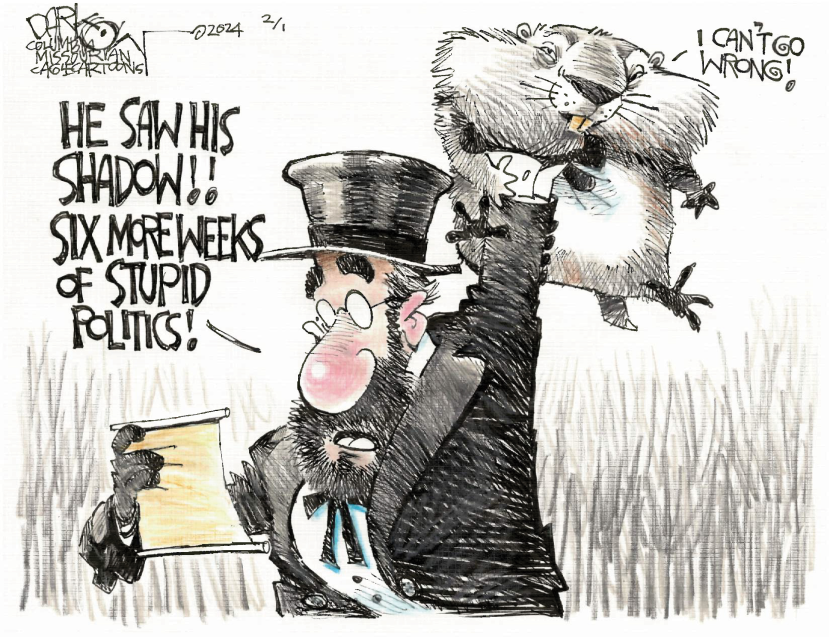
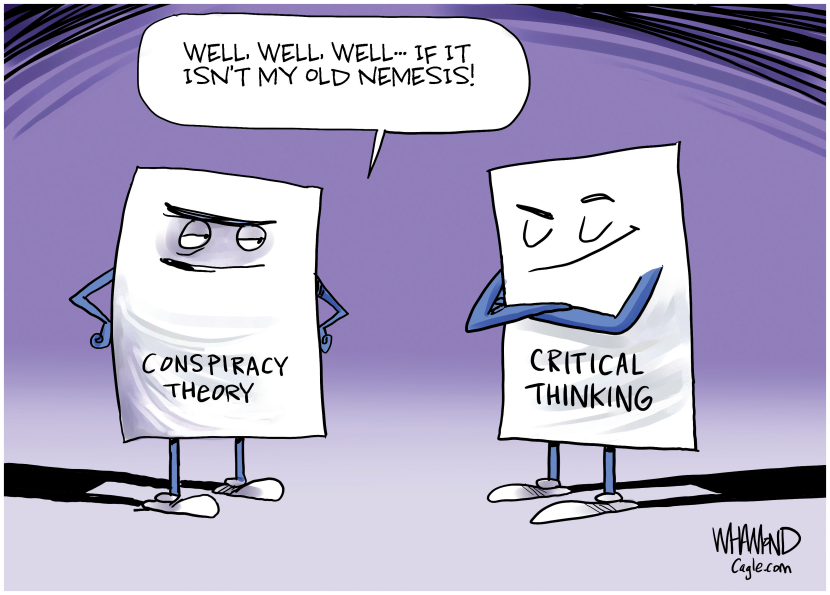
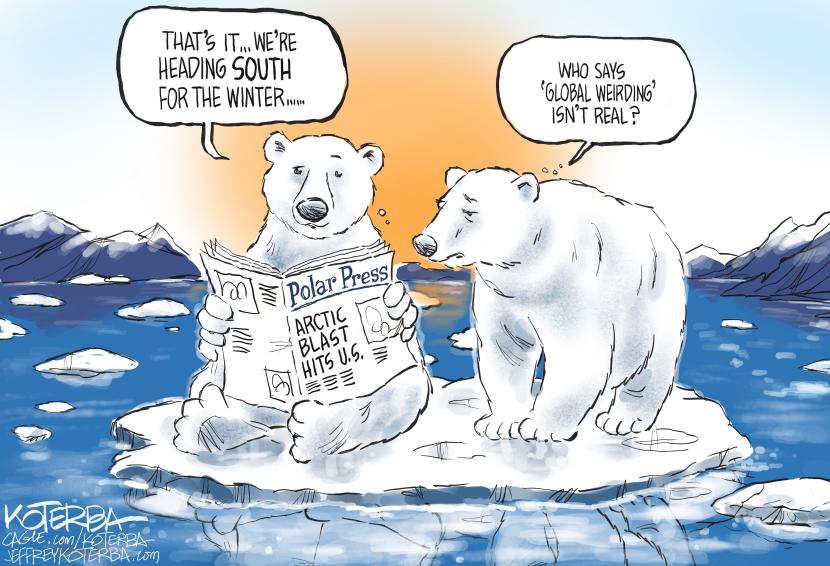

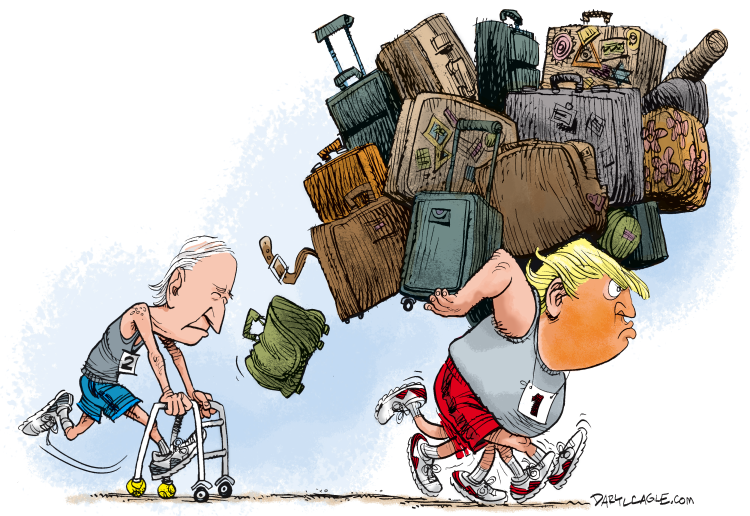


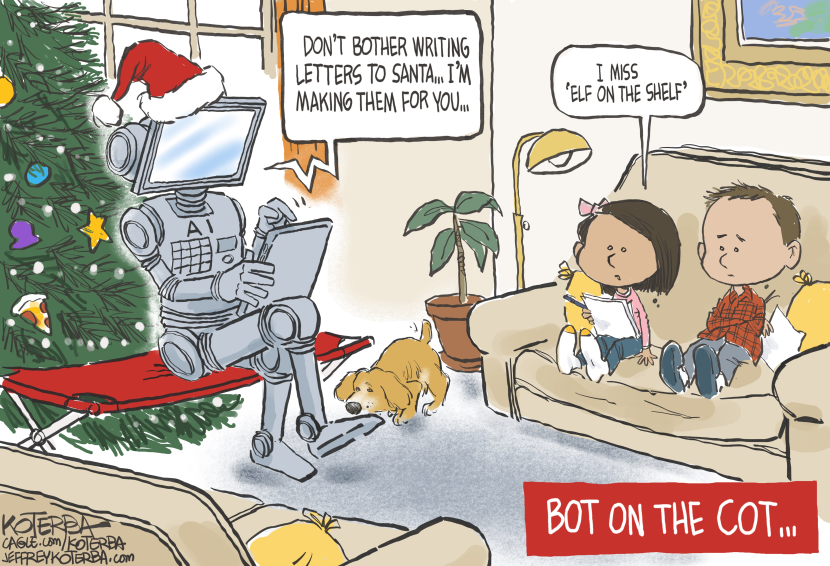






 This just in:
This just in:




























